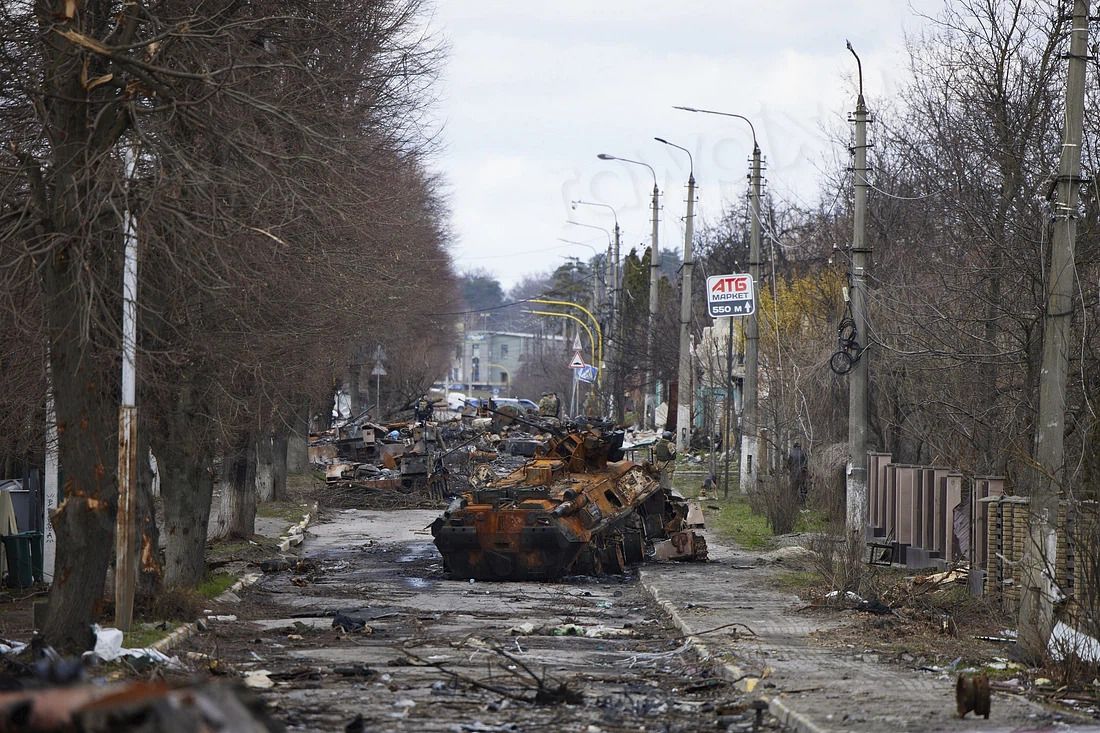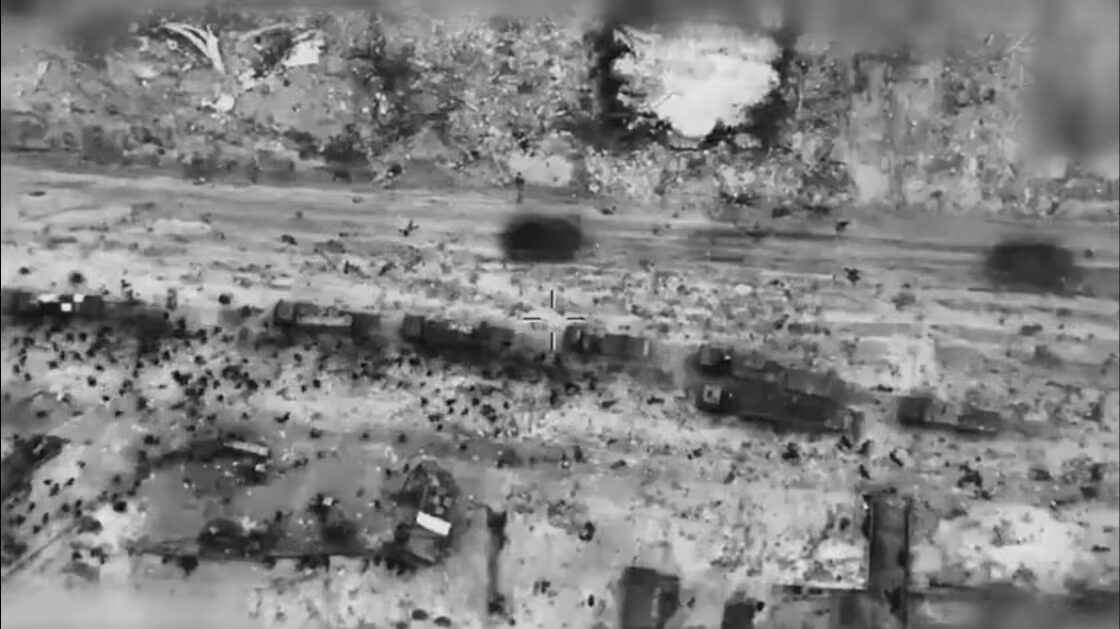PICTURED: The iconic image of galaxy Messier 87’s central black hole, showing a ring of photons bent by its gravity. Photo credit EHT COLLABORATION. CC 4.0.
Science acknowledged the 2019 breakthrough of the year as the image produced by an international team of radio astronomers who set out to photograph something that can’t be seen.
How do you see something which devours space and light?
For decades the challenges of photographing a black hole in a meaningful way was thought impossible or at least extremely difficult. On the cosmic yardstick, they are small objects, and even when they grow to supermassive sizes, the swirling gas and dust creates an impenetrable visual barrier. However early hypothesis on this subject revolved around whether it was possible to “see” a black hole by capturing the super-heated gas and dust its massive gravitational pull hoovered up.
The last 20 years of technological innovation has seen an increase in the power and sensitivity of antennae, radio dishes, and digital electronics, all of which gave rise to a new method of capturing sharper more precise images of faraway objects in space, a discipline known as very-long baseline interferometry.
Early attempts to photograph the extremely large black holes with massive gas clouds were aimed at the supermassive black hole at the center of our galaxy, Sagittarius A. While those early tests never produced anything of great value, they did identify the gargantuan black hole in nearby galaxy Messier 87. Although M87 is 2000 times farther from Earth than Sag. A, its black hole, M87*, is 1000 times larger, making it equally easier to photograph.
Using state of the art radio dishes spread as far apart as Mexico, Chile, Hawaii, and the South Pole and aimed at M87, the team who produced the image were able to photograph the swirling gas and dust around M87 by capturing the various frequencies of millimeter short-radio waves zipping and darting through the debris clouds beyond the event horizon.
Calibrating and processing the data which produced the image took 2 years, the scientists keeping their professional reserve until every last kilobyte had been sorted in order to remove any opportunities for biases to take over. What they were left with was described by Heino Falcke of Radboud University in Nijmegen, the Netherlands, a member of the team that produced the image, as “looking at the gates of hell”.


